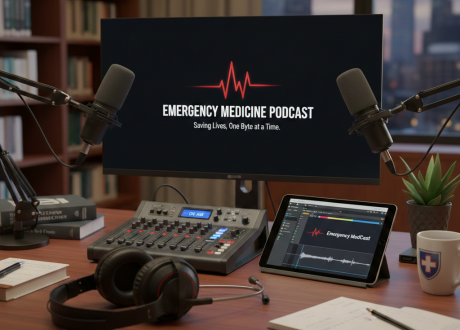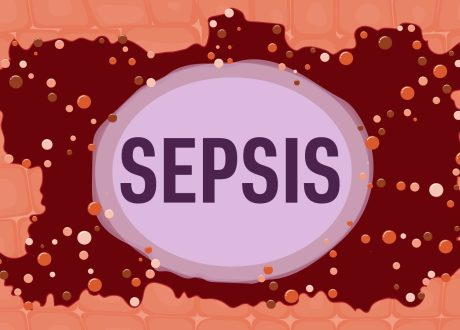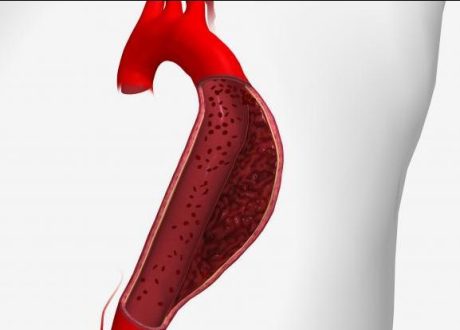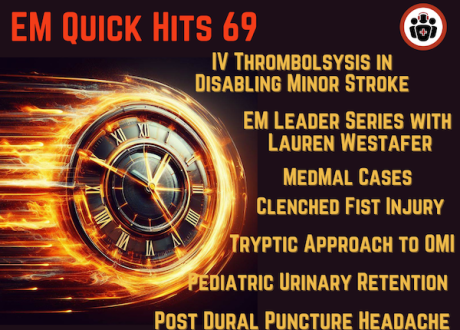Written by Jason Lesnick

Priapism is a semi-rare time sensitive emergent disease, and this article is a summary of guidelines for diagnosis and management.
вАЬCall your doctor if an erection lasts longer than four hoursвАЭ
Priapism is defined as an erection lasting >4 hours. These guidelines were developed by the American Urological Association (AUA), the Sexual Medicine Society of North America (SMSNA), as well as representatives from ACEP. The guidelines were published in 2022 by the AUA and SMSNA.
There are two types of priapism вАУ ischemic (IP) and nonischemic (NIP). IP is a time-sensitive diagnosis, with treatment required within 6-12 hours to prevent complications such as permanent erectile dysfunction, penile fibrosis, and penile shortening. The authors note erections from IP are almost always painful while NIP is almost always the opposite. They also note a less than fully rigid erection is more typical of NIP.
The major recommendations are:
- Clinicians should tell patients with priapism > 36 hours that recovery of erectile function is unlikely (moderate recommendation; evidence level B).
- Diagnostic testing should be done to determine the etiology of acute IP but shouldnвАЩt delay definitive treatment (expert opinion).
- Penile corporal blood gas should be measured at presentation to distinguish IP from NIP (expert opinion).
- First line treatment for IP is intracavernosal phenylephrine and corporal aspiration, with or without irrigation, before operative interventions (moderate recommendation; evidence level C).
- A distal corporoglanular shunt should be performed if acute IP persists after intracavernosal phenylephrine and corporal aspiration, with or without irrigation (moderate recommendation; evidence level C).
- In patients with hematologic and oncologic disorders (e.g. sickle cell disease, chronic myelogenous leukemia), standard management should not be delayed for disease-specific systemic interventions [i.e. exchange transfusion (expert opinion)].
For reference, typical corporal blood gas values for IP (compared to NIP):
- PO2 <30 mm Hg (>90 mm Hg); PCO2 > 60 mm Hg (<40 mm Hg); pH <7.25 (= 7.4)
While IP requires urgent interventions, NIP is due to high-flow arterial blood, and the tissue is not at risk of ischemic damage; thus, this is not an emergent condition according to the authors.
How will this change my practice?
I have tried terbutaline first as an option for patient comfort as an attempt at detumescence; however, the authors note that one retrospective review showed intracavernosal phenylephrine resulted in detumescence 74% of the time (17/23 patients) compared to only 25% of the time in patients with oral or subcutaneous terbutaline (2/8 patients). Given the time-sensitive nature of the disease process, I will still present patients this option but inform them that I strongly recommend the first-line treatment in this guideline of intracavernosal phenylephrine and corporal aspiration.
Source
Diagnosis and Management of Priapism. JAMA vol. 330,6 (2023): 559-560. doi:10.1001/jama.2023.13377








